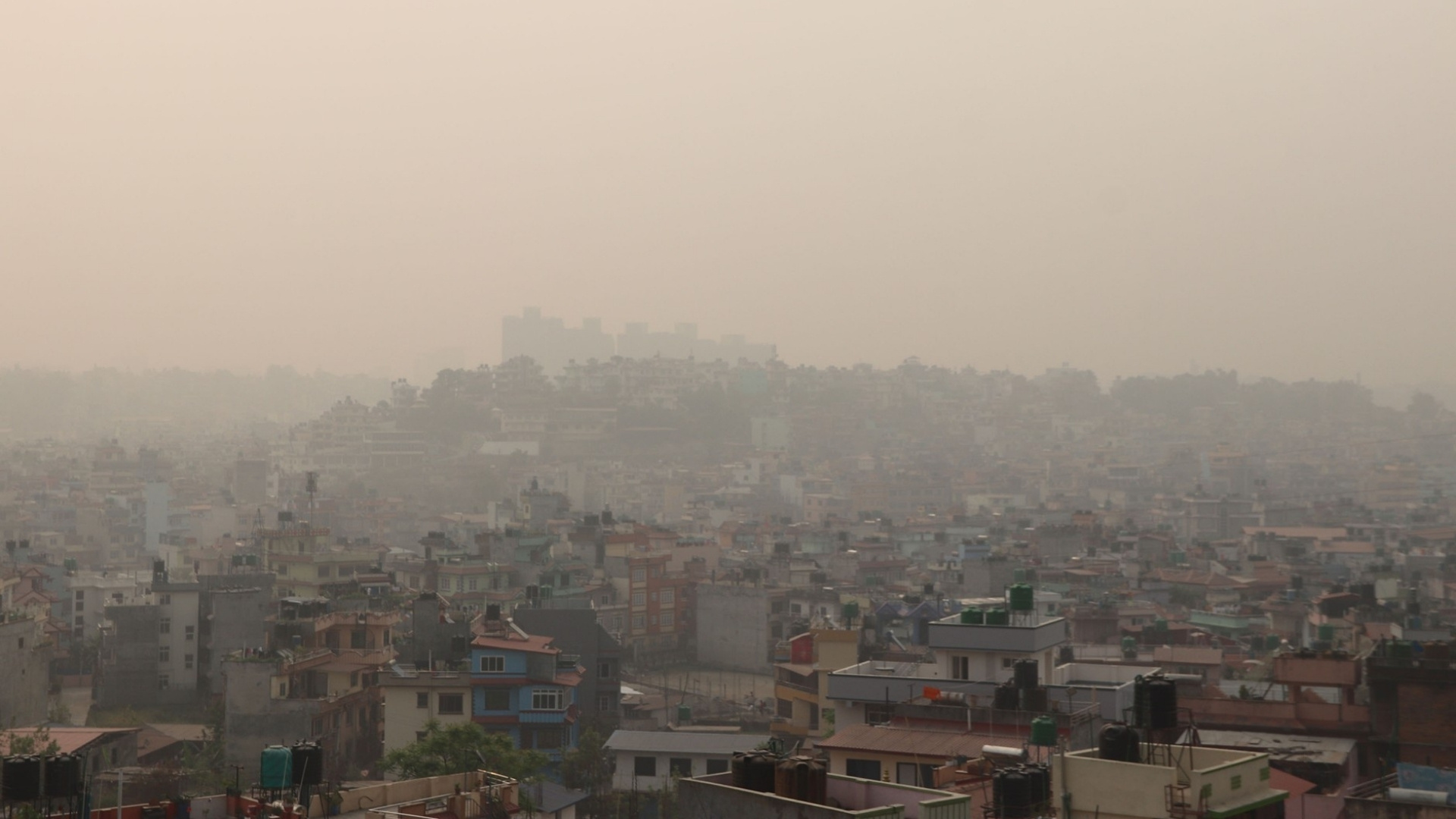Wildfire | Pollution | Rainfall | Disaster Preparedness & Response | Disaster Management Budget

The light to moderate rainfall has mercied the country battling with pollution, visibly, and wildfires, in silence, amid apathy from Singhadurbariyas and subordinates living in air-conditioned four-walls.
The country recorded no new wildfire event after months on Thursday. Wildfires, a major source of haze, have dramatically subsided, if not completely gone off, for at least a few days. The flying pollutants throughout the country will gradually settle to the ground, experts say.
Pre-monsoon extends from March to May, the two-month window when wildfire events usually peak and rage intensify before the monsoon arrives between June and August. The country recorded 1,558 wildfires between March 1 and April 9, while 408 sparks had already occurred in the winter months (December to February), which remained dry this year as well.
Seven people have reportedly lost their lives to wildfires since January 2025. Two each in Taplejung and Panchthar districts of Koshi Province, and one each in Makwanpur of Bagmati, Palpa of Lumbini and Jumla of Karnali.
Between April 1 and 9, Kathmandu remained choked under thick haze, with pollution levels reaching 353 AQI level, which is categorised as hazardous, meaning unbreathable for everyone.

Last year, over 5,125 wildfires claimed 17 lives, including three Nepal Army personnel. The year 2009 was the deadliest, claiming 49 lives, including 13 Nepal Army. Meanwhile, air pollution reduces 4.1 years of life expectancy and claims 42,100 lives every year.
While Kathmandu’s pollution scored a few casual headlines, wildfire tales were the least concerning, inflicting little sense of urgency and responsibility on concerned bodies responsible for control and prevention of the disaster.
The National Disaster Risk Reduction and Management Authority (NDRRMA) regularly publishes wildfire and other disaster-related audiovisual content for public awareness online.
The federal resource agency has allocated meagre NRs 12.5 million for wildfire control this fiscal year, citing a lack of budget. However, the agency contradicts itself as it fails to utilise the appropriated budget. Add another NRs 2.5 million with the federal forest department solely for public awareness and training provincial focal person programs. A source there had confirmed that budget requests for works, including study and research and community discussions on wildfire, were rejected.
For control, the state needs to prioritise spending on wildfires, whose fumes choke urban centres, including Kathmandu, annually. The rain saved the day so far this year. It may not always, as climate change intensifies and weather patterns become unpredictable, needing research to inform risk mitigation and adaptation efforts.
The country still lacks equipment like modern equipment and trained human resources to mobilise in immediate response, said Federal Minister for Forest and Environment Ain Bahadur Shahi Thakuri, speaking at a public event on Sunday.
What the minister said was nothing revealing but resurfaced the state’s mismatched priorities. These concerns were already highlighted by then NDRRMA chief Anil Pokhrel in a stakeholders’ meeting about wildfire preparedness and response programs in December 2024, when the dry winter had set the tone for another wildfire season.
For prevention, Badri Dhungana, joint secretary at the federal forest ministry, had suggested equipping communities whose livelihood is intertwined with forests with resources to tackle wildfires.
But it requires investment and firm commitment from the state.
The national budget for 2025/26 (2082/83) should be under formulation with less than two months of the current fiscal year remaining. The budget must appropriate a substantial amount and ease the procurement process to acquire resources like advanced firefighting gear and fire pumps and to train human resources.
Wildfires, which have grown disastrous over time, don’t only burn forests to ashes but also biodiversity and carbon reserves, incurring huge economic costs. While Nepal lacks detailed records and studies that evaluate such costs, our analysis suggests annual losses exceeding a billion rupees. Read more.
Read More Stories
Kathmandu’s decay: From glorious past to ominous future
Kathmandu: The legend and the legacy Legend about Kathmandus evolution holds that the...
Kathmandu - A crumbling valley!
Valleys and cities should be young, vibrant, inspiring and full of hopes with...
Understanding federal grants in fiscal federalism
Local budgets are where democracy meets the daily lives of citizensthis is a...